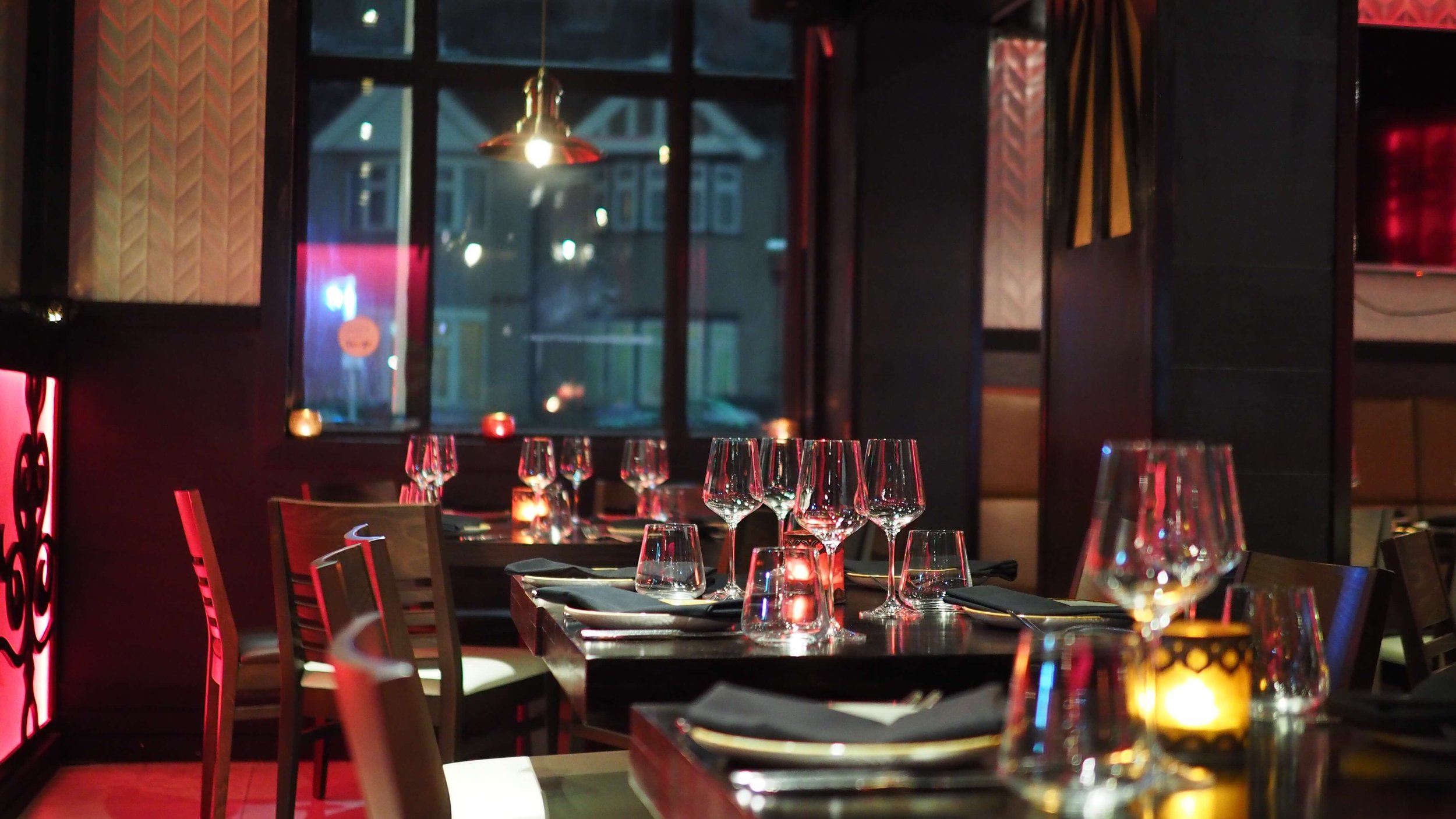How to Create a Restaurant Concept
Are you looking to open a restaurant, but don't know where to start? Creating a restaurant concept should be one of your first steps. It will set your business apart from other eateries and help you attract customers. Deciding on a restaurant concept is also a crucial step toward creating a successful business plan.
I have been in the restaurant industry for over 35 years and founded DMD Restaurant Consultants to help individuals realize their dreams of restaurant ownership. Whether you have an existing restaurant that’s struggling to make ends meet or are trying to plan a successful restaurant launch, I can help. Keep reading for tips on designing a restaurant concept that will be sure to wow diners.
What is a Restaurant Concept?
A restaurant concept is the overall idea or theme of your restaurant. It encompasses everything from the décor and ambiance to the menu and target market. Restaurant concepts are the heart and soul of the restaurant business. They can be as simple as a type of cuisine (such as Italian or Mexican), or they can be more elaborate, like an all-you-can-eat buffet or a theme restaurant. Your concept should be unique and memorable.
Why is a Restaurant Concept Important?
Your restaurant concept is important because it will be the foundation of your business. It will guide everything from the design of your restaurant to the food you serve. A well-thought-out concept will help you attract customers and keep them coming back.
Types of Restaurant Concepts
There are many different types of restaurant concepts to choose from. The type of concept you choose will depend on your budget, the type of food you want to serve, and your target market.
Some popular restaurant concepts include:
Fast Casual: This type of restaurant is a step up from fast food, with higher quality ingredients and more sophisticated menu items. Fast casual restaurants are typically less expensive than full-service restaurants.
Full-Service: Full-service restaurants offer a complete dining experience, with waitstaff, table service, and a full menu. These restaurants are usually more expensive than fast casual or fast food eateries.
Buffet: A buffet restaurant offers an all-you-can-eat style of dining, with a variety of food options to choose from. Buffet restaurants are typically less expensive than full-service restaurants.
Theme: A theme restaurant is based around a central theme, such as sports, movies, or history. These types of eateries often have unique décor and menu items.
Fine Dining: Fine dining restaurants offer a luxurious dining experience with upscale menu items and an elegant atmosphere. These restaurants are usually the most expensive type.
Developing a Restaurant Concept
Now that you know what a restaurant concept is and why it's important, it's time to start developing your own concept. Here are a few tips to get you started:
Define Your Restaurant's Target Market
Before you can start developing your restaurant concept, you need to define your target market. Who are you trying to attract? Are you targeting families, millennials, business professionals, or a mix of all three? Once you have a good understanding of your target market, you'll be able to start developing a concept that appeals to them.
Choose a Theme or Cuisine
One of the most important aspects of your restaurant concept is the theme or cuisine. This will be the foundation of your business, so it's important to choose something that you're passionate about. Do you love Italian food? Are you a history buff? Do you want to create a restaurant that's family-friendly? Once you've decided on a theme or cuisine, you can start planning the rest of your restaurant around it.
Consider the Restaurant's Atmosphere and Décor
The atmosphere and décor of your restaurant should match the concept you've chosen. If you're going for a casual, laid-back vibe, your restaurant should be decorated accordingly. On the other hand, if you're going for a more upscale, fine dining experience, your restaurant should be correspondingly elegant.
Develop a Menu that Matches Your Concept
Your restaurant's menu should be consistent with the overall concept. For example, if you're running an Italian restaurant, your menu should be filled with classic Italian dishes. If you're running a theme restaurant, make sure that your dishes are clearly connected to that theme. When developing a menu, you'll also need to think about the capabilities of your kitchen staff and where you'll be sourcing ingredients from.
Choose a Name and Logo that Reflect Your Concept
Your restaurant's name and logo should be reflective of the concept you've chosen. They should be eye-catching and memorable so that potential customers will be able to easily recall your restaurant when they're looking for a place to eat.
Promote Your Restaurant Concept to Attract Customers
Once you've developed your restaurant concept, it's time to start promoting it to attract customers. You can promote your restaurant through advertising, social media, word-of-mouth, and other marketing channels. The key is to get the word out about your restaurant so that potential customers are aware of it and will want to check it out.
DMD Restaurant Consultants Can Help Develop Your Next Restaurant Concept
Do you have big plans for your restaurant, but aren’t sure how to make them come to life? Contact DMD Restaurant Consultants today. I can help you develop a concept that is unique and profitable, while fulfilling your original vision. I am experienced in business planning, menu development, restaurant operations, and more. Whether you want a guide throughout the entire process of opening a new restaurant or just need support in key areas, I have the resources and knowledge to help you succeed.
